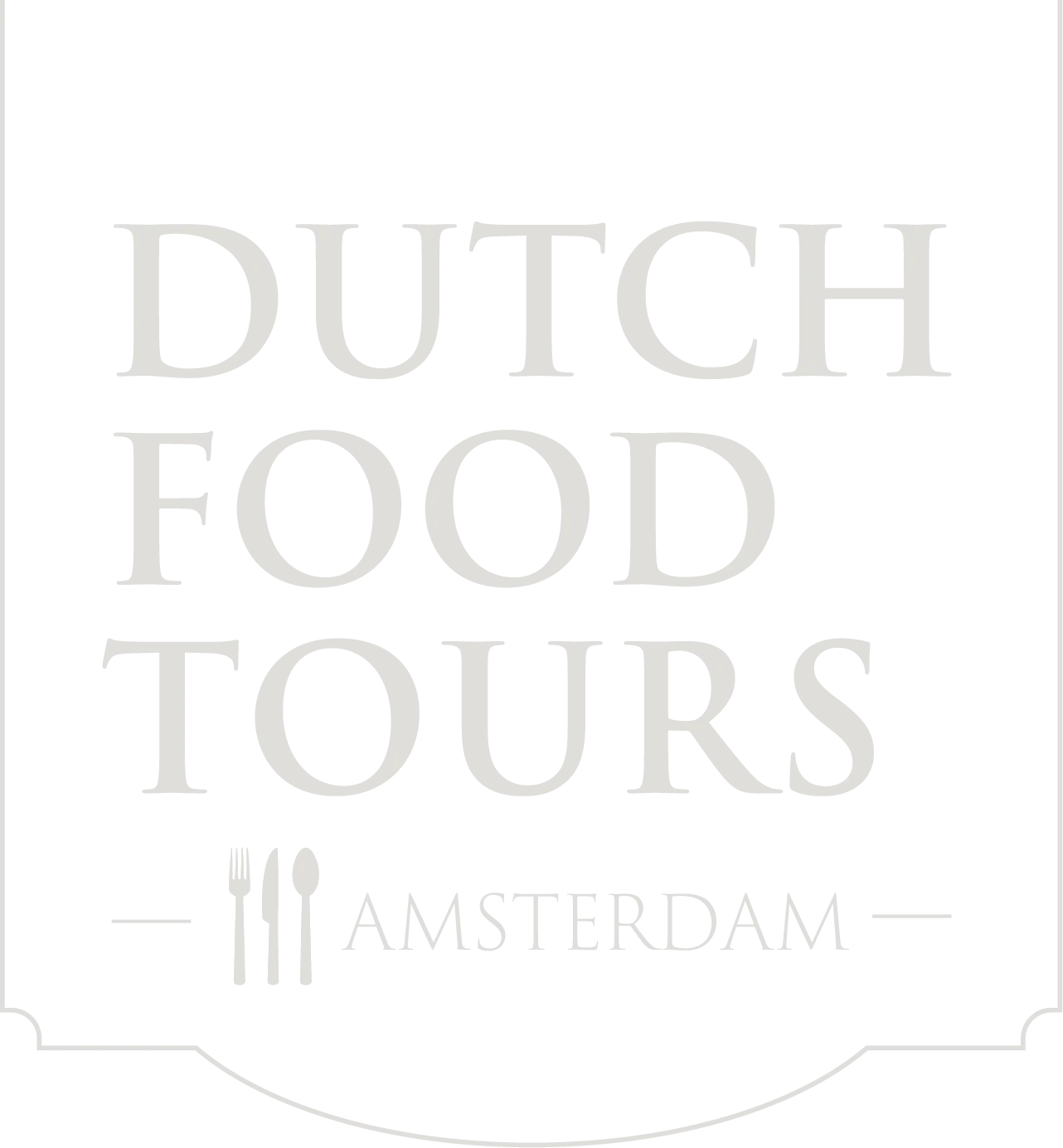Say Cheese! Why the Dutch Are Obsessed With Cheese (And Why You Should Be Too)
If there’s one thing the Dutch do well — besides bikes, canals, and not apologizing for directness — it’s cheese. From wheels so big they need their own postal code to bite-sized cubes served with mustard, cheese is practically a love language in the Netherlands.
So what’s behind this dairy devotion? Grab your crackers and let’s cut the cheese (figuratively, of course).
A Slice of History: Cheese Through the Dutch Ages
The Dutch have been making cheese for over 2,000 years — yes, really. Even the Romans wrote about it, which means we were cheesing long before Gouda became a household name. Cheese was an essential part of farm life: a way to preserve milk, pack in calories, and add flavor to an otherwise very beige medieval diet.
By the 1600s (aka the Dutch Golden Age), cheese was already a major export product. Sailors took it aboard ships because it kept well and, well, it was delicious. So if you’re snacking on Dutch cheese today, you’re basically participating in global trade history. Go you.
Very Important Cheeses (VICs)
You’ve probably heard of Gouda — and yes, it’s pronounced “HOW-da” — but that’s just the tip of the cheeseberg.
Here are a few real Dutch cheeses worth knowing:
- Gouda: The superstar. Comes in young, old, smoked, or with spices like cumin or fenugreek.
- Edam: Round, red-waxed, and mild. Great for sandwiches or confused tourists.
- Leidse kaas: Spiced with cumin seeds — very Dutch, very flavorful.
- Boerenkaas: Raw milk farmhouse cheese, made by hand. Fancy and funky.
- Nagelkaas: A traditional Frisian cheese with cloves. Yes, cloves. Trust us.
There are also artisan varieties popping up everywhere — truffle-infused, herb-crusted, or goat’s cheese versions that make your tastebuds say “Dank je wel.”
Let’s Talk Cheese Markets
One thing the Dutch truly nailed? Turning cheese into a spectacle. Enter the cheese market: part theater, part trading post, all cheese.
- Alkmaar Cheese Market is the biggest and most famous. Every Friday morning (April to September), the city square turns into a 17th-century cheese festival — with porters in straw hats, cheese carriers running in wooden clogs, and enough Gouda to make your luggage overweight.
- Gouda’s Market (yes, where the cheese comes from) is smaller but super charming — complete with weighing house, cheese testing, and a historic vibe that’s full-on postcard material.
- Edam Market is great if you want to skip the crowds and still soak in the cheese culture (plus, that picturesque harbor!).
Fun fact: the cheese wheels are still weighed, negotiated, and carried just like in the olden days — complete with theatrical claps and dramatic handshakes. We love a bit of drama with our dairy.
How Dutchies Serve Cheese (and How to Copy Us)
At home, cheese isn’t just for sandwiches. We serve it cubed, cold, and with flair — usually on a borrelplank (aka charcuterie board, Dutch-style).
A proper Dutch borrelplank might include:
- Cubes of aged Gouda (the older, the saltier, the better)
- Soft goat cheese with honey or nuts
- Mustard dips (grainy, sharp, or sweet — we don’t judge)
- Fig or pear chutney
- Grapes or raspberries
- Walnuts and almonds
- Slices of rye or dense nut bread
- Maybe a sneaky bitterbal or two on the side (because we’re Dutch, we’re badasses)
Pair it with a local beer, a glass of jenever or a glass of wine, and boom — you’re basically an honorary Dutch borrelaar.
Fun Facts to Impress Your Cheesemonger
- The Netherlands exports more cheese than any other country. We’re basically the Beyoncé of cheese (without the tour drama).
- There are over 300 Dutch cheese varieties — so no, we’re not just Gouda.
- The average Dutch person eats 20 kg of cheese per year. That’s about a small suitcase full.
- Cheese museums exist. Yes, really. Amsterdam and Alkmaar both have one. You’re welcome.
- Dutch cheese holes are rare — unlike Swiss cheese, most Dutch varieties are smooth and creamy without holes.
- Cheese wheels were once used as currency. Yes, you could pay your rent in cheese!
Hungry for More? Say Cheese with Us in Amsterdam!
If this blog made your mouth water and your suitcase tremble with souvenir plans — come taste the real deal. On our Dutch Food Tour, we explore Amsterdam’s cheesy highlights (literally and figuratively), including bites of aged goudas, creamy young cheeses, and maybe even a smelly blue or two.
We’ll show you where the locals go, how we pair our cheese with mustard, pickles or chutney (and maybe a glass of something cheeky on the side), and what makes Dutch cheese culture so… gouda-licious.
So if you’re ready for an edible deep dive into the dairy side of Dutch culture — we’ll be the ones waiting with cheese in hand and a bad pun on standby.
